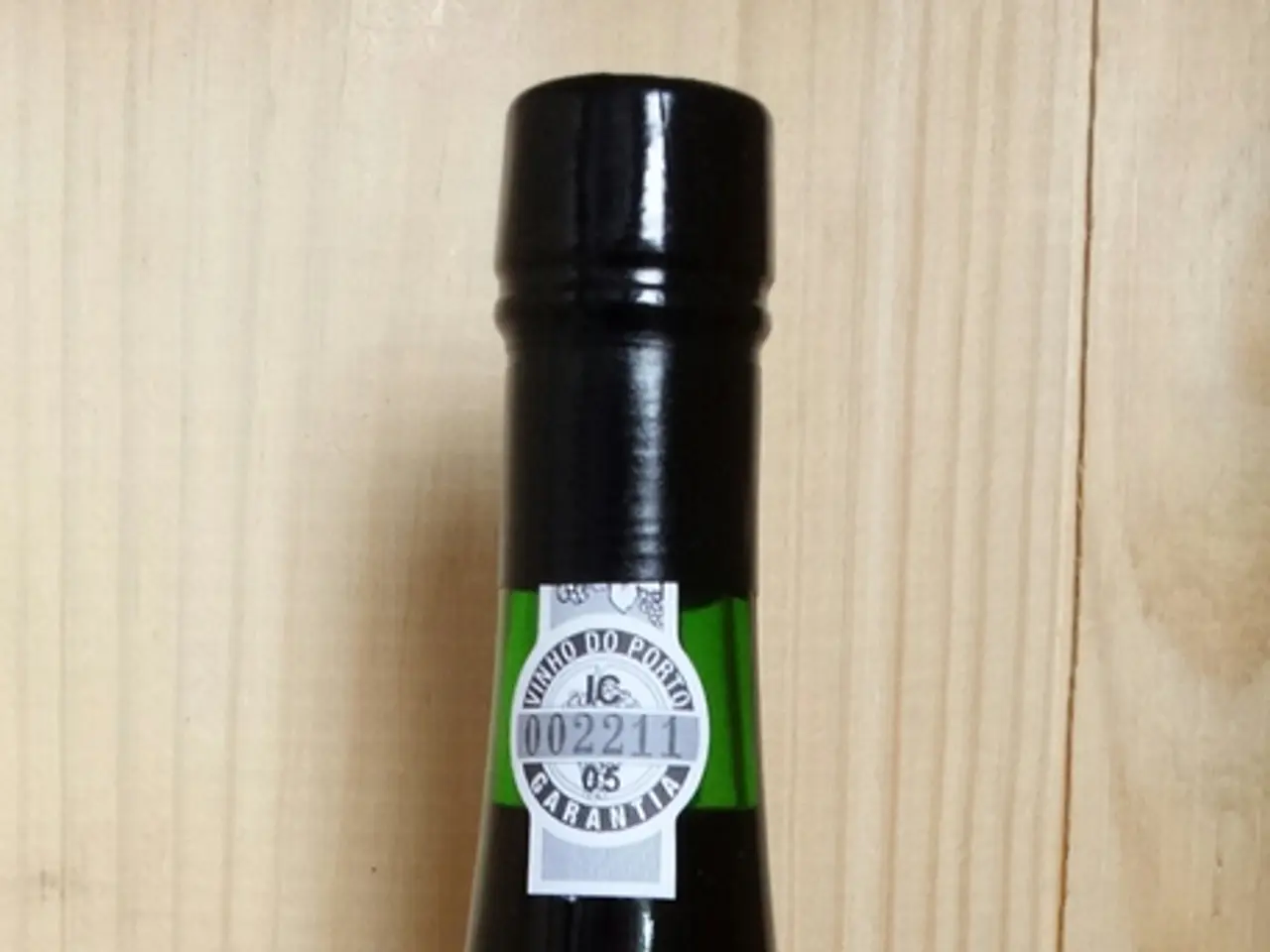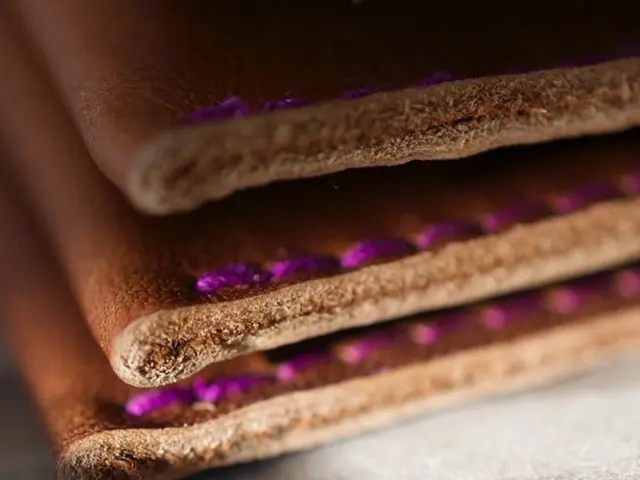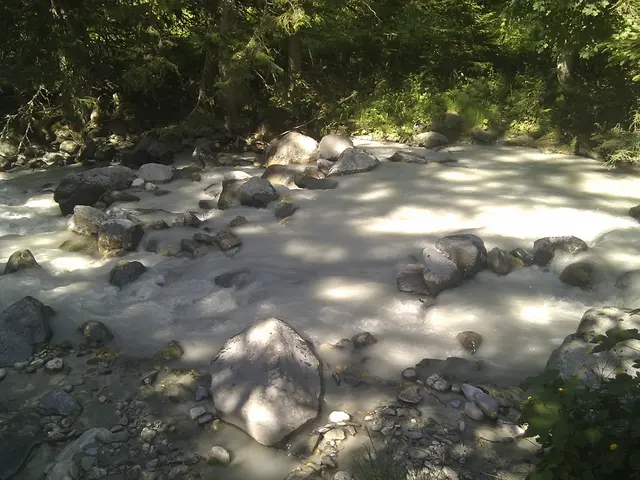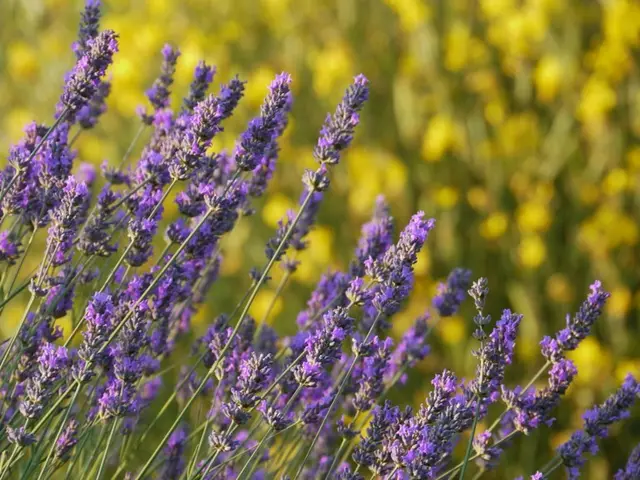Crafting a Variety of Beverages: Spruce Beer, Mead, Cider, and More Recipes
In the late 18th and early 19th centuries, a unique drink known as spruce beer was popular among the colonists in America. This fascinating beverage, which dates back to the colonial era, has a rich history that intertwines with the early days of American cooking.
One of the earliest recorded recipes for spruce beer can be found in "American Cookery" (1796), penned by Amelia Simmons. This recipe includes ingredients such as water, hops, ginger, molasses, and the essence of spruce. Interestingly, the recipe specifies the use of treacle, a sweetener that was much more like what we call Treacle Syrup or Golden Syrup today.
Another historical source for the spruce beer recipe is "The New Family Receipt Book" (1819) and "The Way To Live Well" (1849). These recipes suggest using fresh spruce tips, approximately 3 to 6 ounces per gallon, or spruce essence, as fresh spruce tips weren't commonly used in colonial US recipes.
The method of preparation involves boiling half of the water and then combining it with the cold part. This process, believed to cut oil for beers equal to alcohol, was a common practice in those times.
Spruce beer was not what we'd consider a "beer" by modern standards, but was closer to a ginger beer, just mildly alcoholic, carbonated, and intensely flavorful. It was often used as a health tonic, marketed for its antiscorbutic properties, particularly useful in long sea voyages. However, it's important to note that all the vitamin C is destroyed when boiled down into a concentrated spruce extract.
Historically, they used any sugar source they could find, plus plants, wild or cultivated, to make early beverages. Sugar sources like honey were commonly used, although the term and understanding of sugar sources were not always aligned with today’s definitions; later West Indian sugar imports also influenced the sweetening of such beverages.
In later recipes, such as those found in "Dr. Chase's Recipes" (1869) and "American Economical Housekeeper" (1850), more flavourings and even eggs were added to clarify the beer.
Archeological research shows that most early beverages were made with everything but the kitchen sink. Spruce beer was also used to sterilize drinking water and add a bit of flavor to cover up the taste, especially when the water source might be suspect.
Today, a good modern substitute for the yeast used in historical recipes is light English ale yeast, like Sefale S-04. With its rich history and unique flavour, spruce beer remains an intriguing part of American culinary heritage.
So, if you're looking to step back in time and try a historical beverage, why not give spruce beer a go? Just be aware that while it may have been a health tonic in the past, modern understanding of nutrition suggests that it should be enjoyed more for its historical and flavourful qualities than for any health benefits.
Read also:
- Access TRT therapy online, Sarasota, FL: Boost Your Vitality Instantly
- Consuming Watermelons for Nutritional Benefits
- China and India engaging in negotiations to restart cross-border trade following a 5-year suspension
- Nighttime Sweating Excess: Causes and Strategies to Prevent It (Hyperhidrosis Focused)







